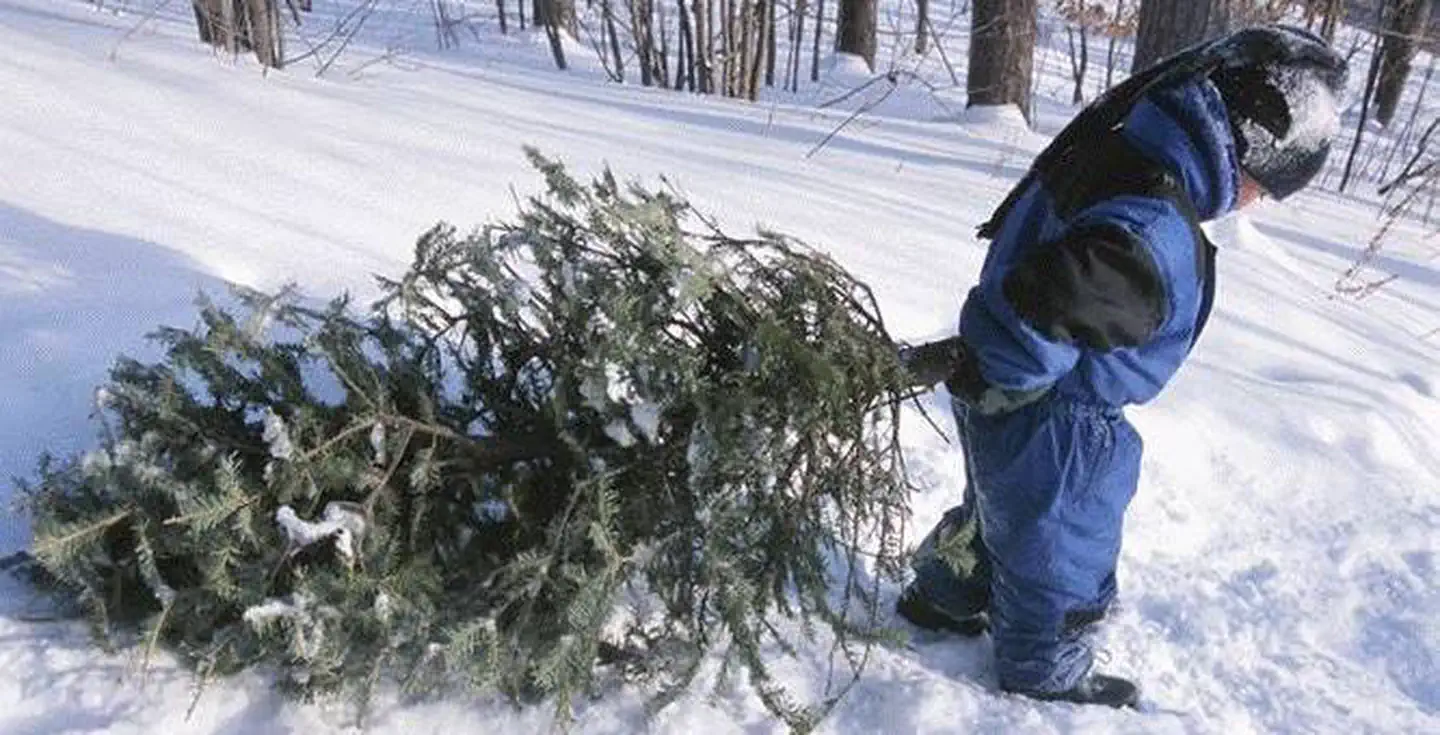Shasta Trinity National Forest Christmas Tree Permit
Shasta-Trinity National Forest
For many families taking a trip to their local national forest to cut their own Christmas tree has become synonymous with the holiday season. This permit allows you to cut a Christmas Tree within designated areas of the Shasta-Trinity National Forest. We are here to help with any information gathering you may need to make your trip both safe and enjoyable. For more information, please visit the Forest Christmas tree website at
https://www.fs.usda.gov/detail/stnf/passes-permits/?cid=fseprd561494 .
Please be sure to read all the tips and guidelines when selecting your tree.
Need to Know
Selecting Your Tree
There is a limitation on the size you are permitted to cut. Maximum stump height of 12 inches maximum, remove all live branches from stump.
Stump diameter: 6 inches maximum measured at ground level.
Take the whole tree, do not remove only the tree top.
If there is snow on the ground, remove it from around the stump. This will help you accurately measure the stump and tree height.
Where to Cut Your Tree
The Christmas Tree Cutting Maps are part of your permit and list all conditions required for your participation in the Christmas tree program. The Christmsas Tree Cutting maps are not printable on your home computer. Maps are available for download on the Shasta-Trinity National Forest website. Permit and map(s) must be in your possession when cutting your Christmas tree. Refer to the Shasta-Trinity Motor Vehicle Use Maps (MVUM) for roads that are open to vehicular travel and the Shasta-Trinity Christmas Tree Cutting Maps for areas that are open to Christmas Tree cutting. https://www.fs.usda.gov/detail/stnf/passes-permits/?cid=fseprd561494
Additionally, both MVUM and Christmas Tree Cutting maps are available free of charge in the Avenza app map store. The Avenza app is free and available from Google Play and the App Store.
If you have trouble downloading maps to your smartphone or other device please contact one of the Forest Service offices listed for this permit. Hardcopy maps are available at any of the Shasta-Trinity Forest Offices listed under the contact us section.
The Christmas tree permit does NOT authorize access into closure areas. Prior to heading to the forest to harvest your tree please refer to the Shasta-Trinity Alerts & Notices for the most up to date closures. The Alerts & Notices page can be accessed at this link; https://www.fs.usda.gov/alerts/stnf/alerts-notices.
Do not cut on private land or in Wilderness areas.
Do not cut in active timber sales.
Do not cut trees within 100 feet of the outer edge of a designated road
Do not cut trees within 100 feet of an administrative site, developed recreation area, campsite, or day use facility
When cutting in the Shasta Zone, of the Shasta-Trinity National Forest, do not cut within plantations. Not all plantations are signed, it is the permittee’s responsibility to ensure they are not cutting in a plantation.
When cutting in the Weaverville area, do not cut the Giant Sequoia trees located at Slate Creek, Tannery Gulch Campground, Mule Creek Station, or on Guy Covington Road. These trees were planted for roadside beautification in the early 1960's.
Planning Your Trip
Helpful Cutting Tips
Carefully carry your tree out of the woods, dragging the tree will rub off needles and bark.
If the tree is too big to transport inside of your vehicle, and must be transported outside the vehicle, wrap it in canvas to prevent wind damage.
Once home, cut the bottom of the trunk off and place the freshly cut trunk in a bucket of water. Replenish water.
If storing your tree outside for a few days before putting it in the house, keep it in an area protected from the wind, such as the north or east side of your house or under a shaded tree.
Tools you might want to consider bringing with you include a measuring tape, to ensure you select a tree that fits in your home, a handsaw to cut your tree, gloves to protect your hands, boots to protect your feet, a tarp to sit on and/or to move your tree once it's cut, and rope, or straps, to secure your tree to your vehicle.
Choose a tree from a dense forested area this will give the remaining trees more space to grow.
How to Plan Your Trip
You must print and bring your Christmas Tree Permit with you. Shasta-Trinity National Forest Christmas Tree cutting maps are available at Forest offices, during normal business hours, and can be downloaded from the forest website or on the Avenza app.
Before you leave home be sure to measure the space where you plan to place the tree in your home (height and width), and measure the space in your vehicle where you will be transporting the tree.
Cell service may be spotty or unavailable. Be sure someone knows where you are and when to expect you back. Check the latest weather conditions, forest warnings and road closures before you leave on your trip. Bring a map with you. Don’t rely on GPS because it may not be up-to-date with forest service roads. Dress warmly and take extra dry clothes. Expect winter weather, including cold temperatures, snow and winds. Bring plenty of food and water with you as well as an overnight survival kit in case you become stranded. Start your day early. Be sure to find your tree and leave the woods before dark.
Roads may not be plowed. Carry tire chains, shovel(s) and a tow chain. Be sure your vehicle has a full tank of gas. Bring a spare key and give it to someone else in your party. Don’t get locked out of your car! Park in areas so that traffic can get by safely, and do not block gates.

